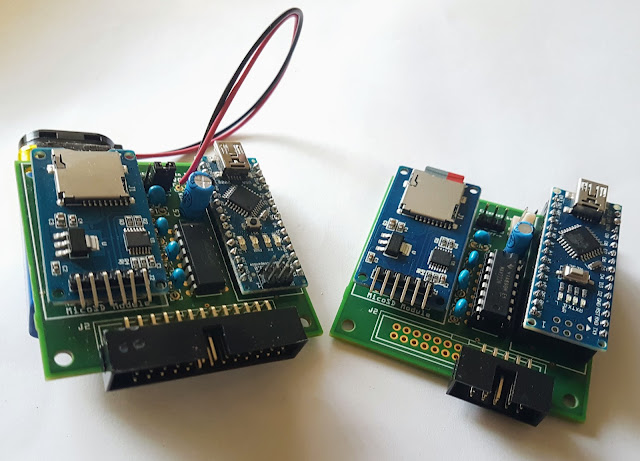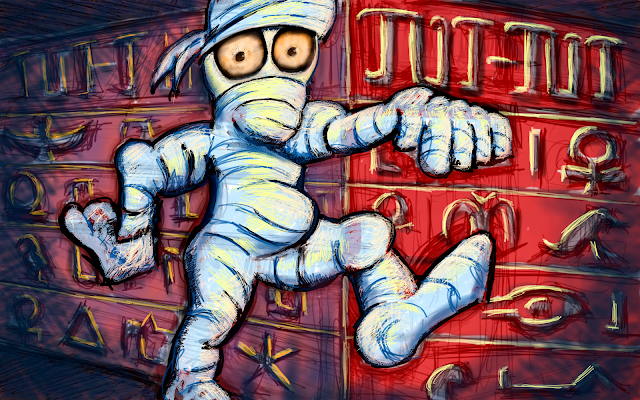It's almost time for RetroChallenge 2017/10, a month long opportunity to focus in on a single project, share and document your activities and finally share the results with the wider retro community. This sounded like a good excuse for some retro adventure, so I've thrown my hat into the ring and decided to spend the time focusing in on the portable 'powerhouse' that is the NEC PC-8401BM.
Strangely there is very little information on the inter-tubes about the NEC PC-8401BM, AKA the NEC PC-8401A and AKA NEC Starlet. As luck would have it one has fallen into my lap very recently, and just in time for the Retrochallenge.
During October I'll explore this tidy 'little' laptop styled machine, examin the available online articles, work through the machines manuals and generally explore how this computer can be used today, practically or otherwise.
Exact outcome unknown, we'll end up where curiosity takes us.
See RetroChallenge Intro, Part 1, Part_2, Part 3, Part 4, Part 5, Part 6, Part 7, Part 8
Read More
 |
| My NEC PC-8401BM in the wilderness, Compute anywhere with 1985 style. |
Strangely there is very little information on the inter-tubes about the NEC PC-8401BM, AKA the NEC PC-8401A and AKA NEC Starlet. As luck would have it one has fallen into my lap very recently, and just in time for the Retrochallenge.
During October I'll explore this tidy 'little' laptop styled machine, examin the available online articles, work through the machines manuals and generally explore how this computer can be used today, practically or otherwise.
Exact outcome unknown, we'll end up where curiosity takes us.
See RetroChallenge Intro, Part 1, Part_2, Part 3, Part 4, Part 5, Part 6, Part 7, Part 8










